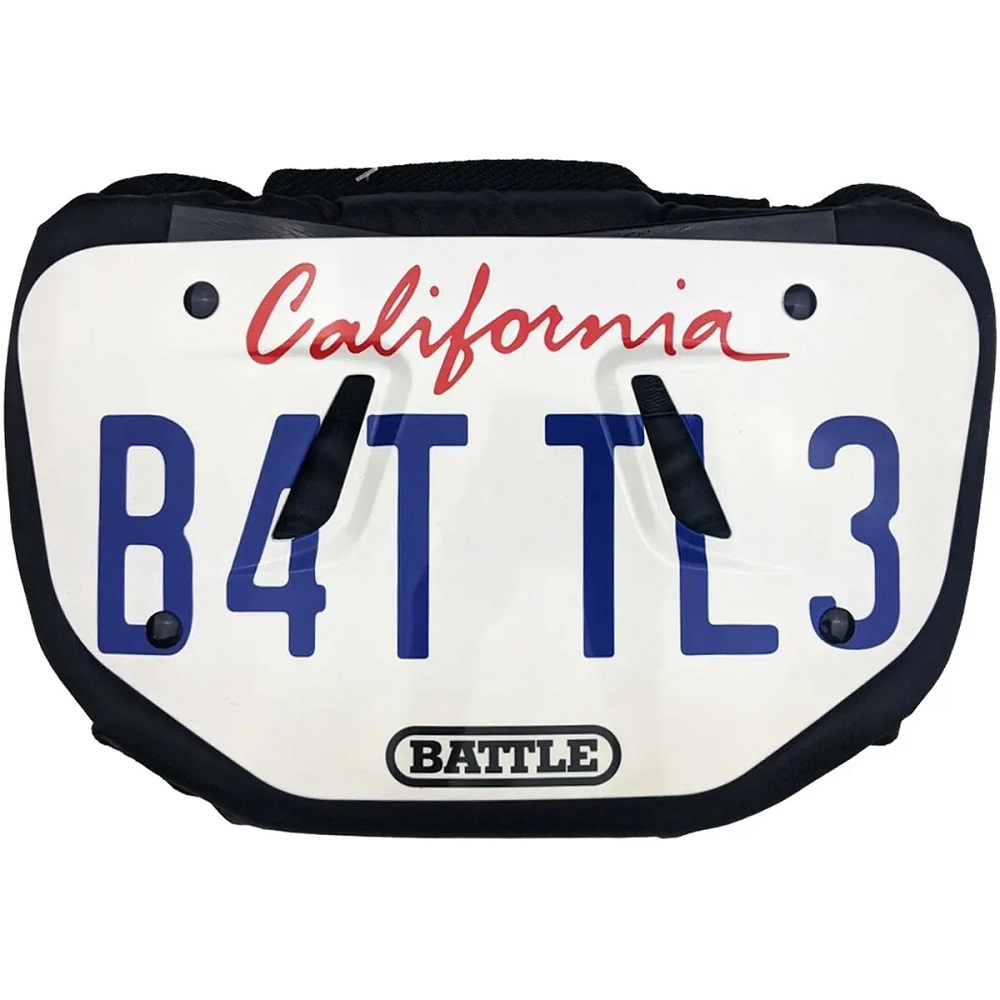When building or upgrading a computer, selecting the appropriate backplate for your graphics card often takes a backseat to more visible components like the GPU itself or the motherboard. However, a properly chosen backplate can significantly enhance both the performance and aesthetic appeal of your graphics setup. This essential component plays a crucial role in thermal management, stability, and overall design coherence. This comprehensive guide will help you navigate through the process of choosing the right backplate for your graphics card, ensuring you make an informed decision that meets your gaming or computing needs.
Understanding the Purpose of a Backplate
Basic Functions of Backplates
A backplate serves a multitude of functions, the most notable being the provision of structural support for the graphics card. During intensive tasks like gaming or 3D rendering, GPUs can experience flexing and warping. A solid backplate helps mitigate these mechanical stresses, keeping your card stable and aligned with its heatsinks and other cooling solutions. Additionally, backplates serve as a crucial part of the thermal management system by providing a secondary surface for heat dissipation. Many users appreciate how backplates also add a clean, finished look to the GPU, making it visually more appealing when viewed through a transparent case.
Importance in Overall Performance
The right backplate can have a positive impact on your GPU’s overall performance and longevity. When backplates are designed for optimal airflow and thermal conductivity, they play a crucial role in maintaining lower temperatures during high-performance tasks. Overheating can lead to thermal throttling, where your GPU reduces its performance to cool down. Having a well-chosen backplate can help prevent this issue, ensuring your graphics card operates at its intended performance level. Therefore, understanding these functional benefits allows you to appreciate the critical role a backplate plays in your system.
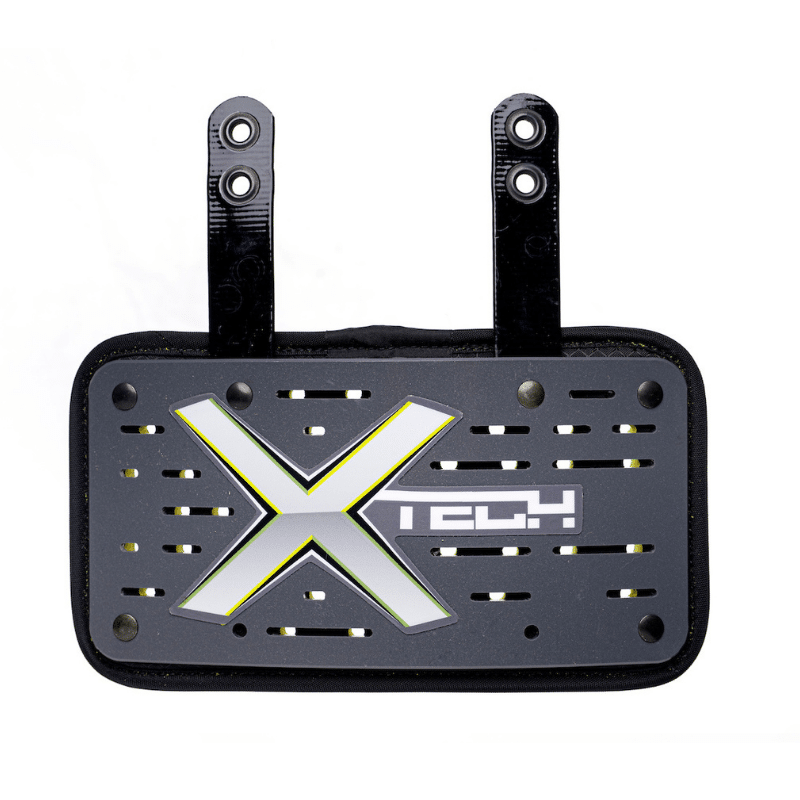
Material Matters
Common Materials Used
Backplates are typically manufactured from multiple materials, each offering varying benefits and drawbacks. Aluminum is a popular choice due to its lightweight properties and reasonable thermal conductivity. It’s cost-effective and widely available, making it suitable for budget builds. However, copper, which offers excellent thermal conductivity, can significantly enhance cooling performance. Although copper is heavier and more expensive, the investment can pay off, especially in high-performance setups that generate a lot of heat. If you have high thermal demands, opting for a copper backplate can be particularly beneficial.
Heat Conductivity and Weight
As you choose a backplate, consider how the material affects both thermal performance and the total weight of your graphics card. A higher conductivity means better heat transfer, which is essential for maintaining optimal temperatures during demanding tasks. While aluminum may offer adequate cooling, copper can provide that extra margin you need for high-end GPUs. Additionally, consider the overall weight of your build—excessive weight could affect your motherboard and case. Evaluating how different materials influence both thermal performance and weight ensures that you can strike the right balance for your setup.
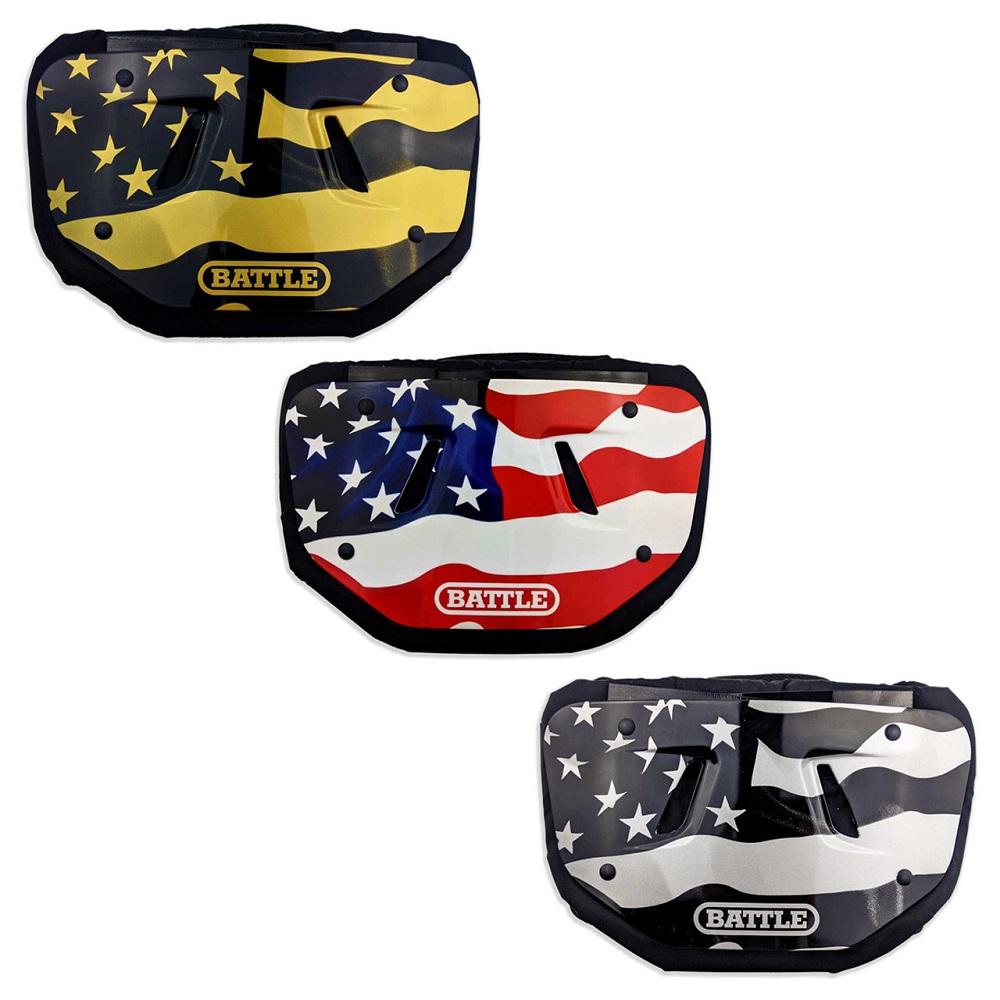
Compatibility is Key
Checking Fit and Form Factors
Before making a backplate purchase, your foremost priority should be compatibility with your specific graphics card model. Many manufacturers produce backplates tailored to particular GPU models, ensuring that mounting holes align correctly. An improperly fitting backplate can lead to mounting issues or even obstruct critical components or connectors on your graphics card. Additionally, some backplates may come with specific installation instructions. Ensuring the right fit not only guarantees effective cooling but also contributes to a seamless, aesthetically pleasing design.
Considering Future Upgrades
When selecting a backplate, it is wise to consider potential future upgrades. If you plan to upgrade your graphics card or other components in the future, choosing a backplate with versatile design can be an advantageous investment. Looking for models that allow for easy upgrades ensures that the backplate can adapt to future hardware changes and still function effectively. This foresight can save you both money and inconvenience, enabling you to maintain the best cooling and performance possible.
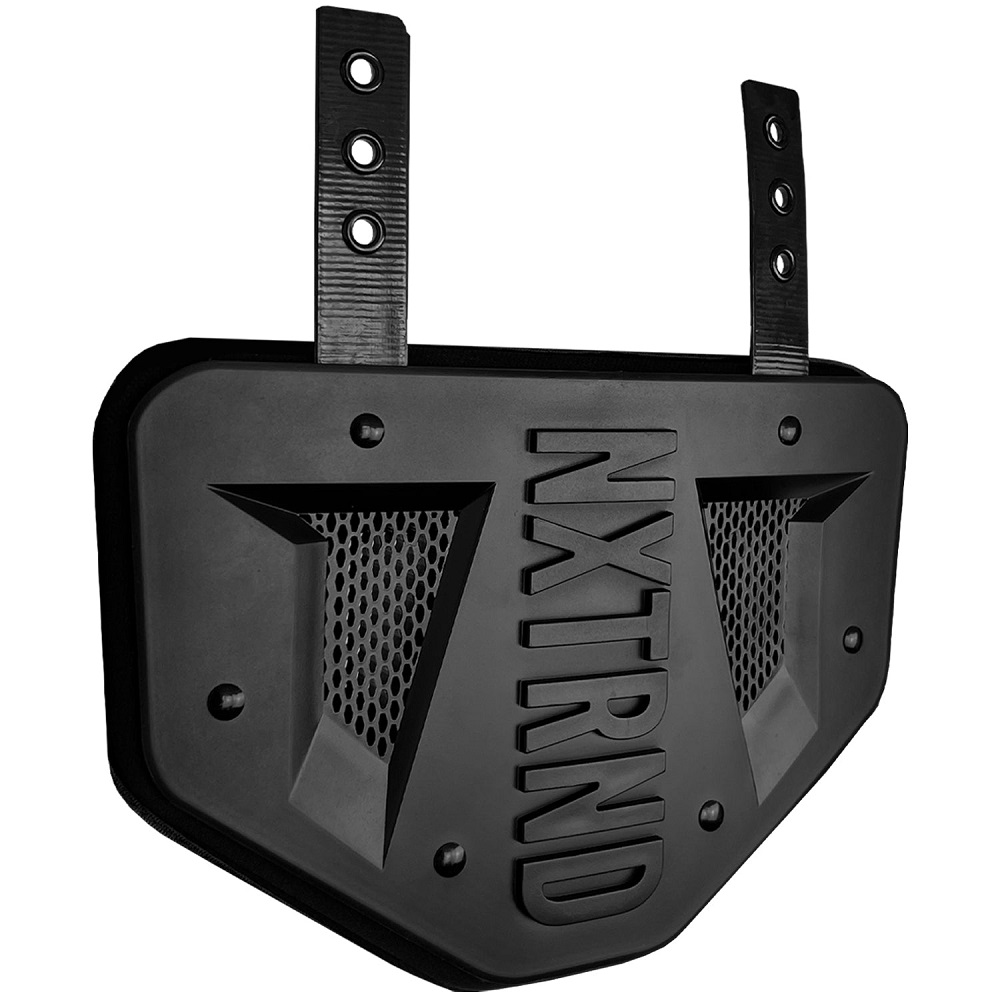
Aesthetic Factors
Personal Style and Theme
A backplate can make a significant impact on the visual appeal of your computer setup. They are available in a wide variety of styles, colors, and finishes that can help reflect your personal flair. From sleek metallics to bold designs featuring LED illumination, there are countless options. When considering a backplate, think about the overall theme of your build. For instance, if your setup is minimalist, a simple black or silver backplate would complement the look. For gaming rigs with RGB lighting, a backplate that integrates lighting effects can enhance the overall aesthetic dramatically.
Branding and Logo Options
Many backplates come with manufacturer logos or offer customizable design options, allowing you to showcase your favorite brands or themes. Choosing a design that resonates with your interests not only serves a functional purpose but also personalizes your experience. Many enthusiasts enjoy selecting hardware that reflects their identity or gaming preferences. Adding a logo or specific color scheme to your backplate enhances visual appeal while also giving your computer a more cohesive and themed appearance. These personal touches can result in a gaming setup that is unique and distinctly yours.
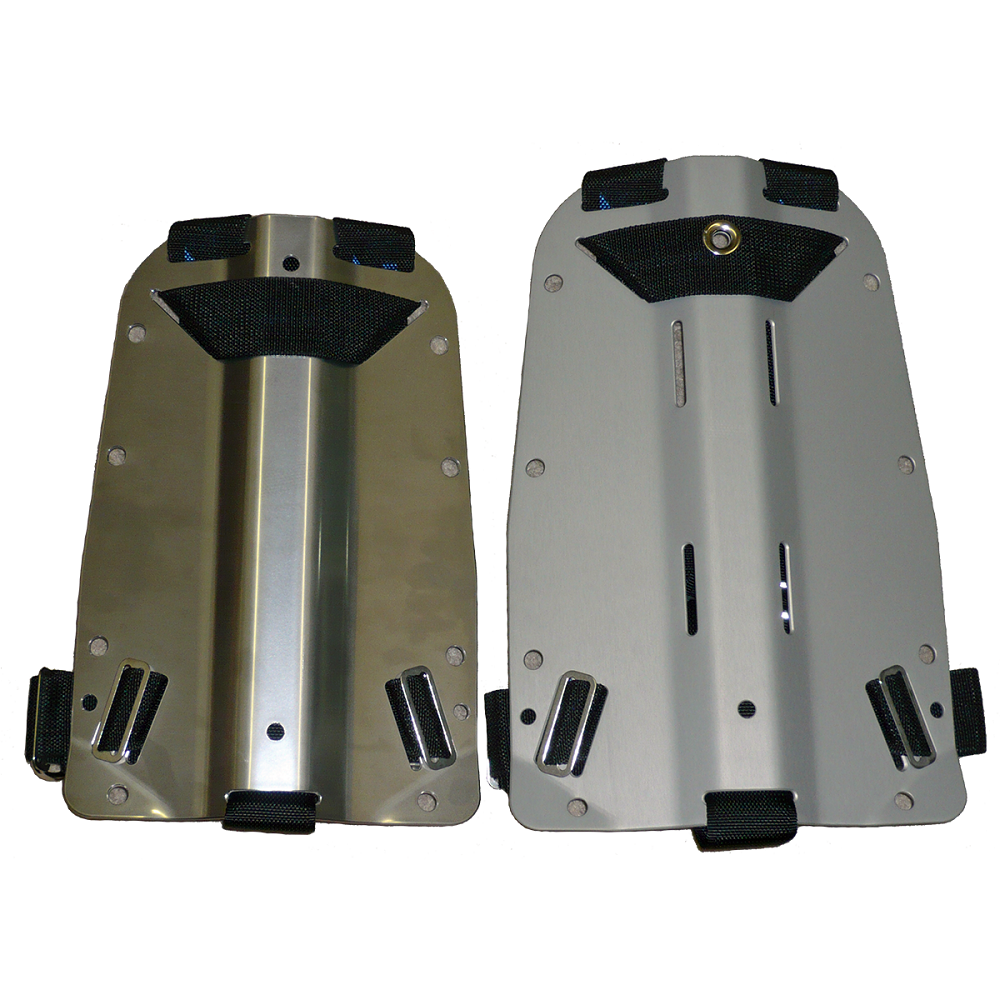
Performance Considerations
Cooling Efficiency
It’s essential never to underestimate the importance of cooling efficiency. Backplates designed to enhance thermal management often include features like thermal pads or fins that increase the surface area for heat dissipation. If you frequently push your graphics card to its limits, especially during prolonged gaming or intensive workloads, a performance-oriented backplate can help maintain lower temperatures. This, in turn, can improve the longevity and reliability of your GPU and overall system. Researching specific backplate models and their thermal performance will provide valuable insights and guide your selection.
Monitoring Temperature Changes
After installing a new backplate, monitoring your GPU’s temperature gives you valuable feedback on your choice. Various software tools can offer real-time temperature readings, allowing you to assess how the backplate impacts cooling efficiency. It’s advisable to keep a close eye on temperatures during both idle and load conditions. If the backplate helps maintain lower temperatures, you know you made an excellent choice. Conversely, if you don’t see significant temperature drops, it may be beneficial to explore additional cooling solutions or reconsider the effectiveness of your chosen backplate.
Installation and Maintenance
Ease of Installation
Do not overlook how easy it will be to install your chosen backplate. Many companies create backplates with straightforward designs that simplify the installation process. However, some models may require additional tools, which could be a deterrent for those who are less experienced with hardware installations. Look for models that provide clear instructions and come with pre-drilled holes to facilitate easy mounting. Opting for user-friendly designs minimizes frustration and enhances your overall experience with the setup process, allowing you to enjoy your graphics card’s new look sooner.
Maintenance Tips
After your backplate is installed, maintaining its condition becomes your responsibility. Regular cleaning is essential to prevent dust and debris buildup that could hinder its cooling performance and thermal efficiency. Depending on the material of the backplate, certain methods may work better than others. For instance, aluminum can usually be wiped down with a microfiber cloth, while copper may require more thorough care to prevent tarnishing. Ensuring that your backplate remains clean contributes to its longevity and the effectiveness of the thermal management system, ultimately benefiting your overall setup.

Budget and Cost Considerations
Evaluating Budget Constraints
When you set out to choose a backplate, evaluating your budget is crucial. Prices can vary widely, influenced mainly by the materials used, design complexity, and brand reputation. While opting for budget-friendly models may seem appealing, it’s essential to remember that quality often correlates with performance and durability. Investing in a backplate that may cost a bit more can ensure you receive better cooling, stability, and aesthetic appeal in the long run, making it a wise investment for your setup.
Prioritizing Value over Cost
Balancing cost and quality requires thoughtful evaluation of your computing needs and personal preferences. Assess what aspects—such as thermals, aesthetics, or compatibility—are most important to you. By understanding your priorities, you can allocate your budget wisely, ensuring you don’t overspend or accidentally compromise on necessary features. Sometimes, the most reasonable option might not be the cheapest one but offers superior performance and longevity, providing better overall value and satisfaction over time.
Making the Right Choice
In summary, selecting the right backplate for your graphics card is essential for optimizing both performance and aesthetics in your computer build. By understanding the material options available, ensuring compatibility with your setup, considering aesthetic choices, and evaluating cooling performance, you can make an informed decision that reflects your needs as a user or gamer. Take your time to explore various options and consult reviews to gain broader insights into what each option offers.
Ultimately, a carefully chosen backplate not only contributes to better cooling efficiency but also adds an element of style to your overall build. Whether you are a casual user or a dedicated gamer, investing in a quality backplate can significantly enhance your computing experience. A little thought in choosing the right backplate can go a long way in maximizing both your GPU’s performance and the visual appeal of your complete setup. Enjoy the process, and take pride in your well-crafted, high-performance computer!
